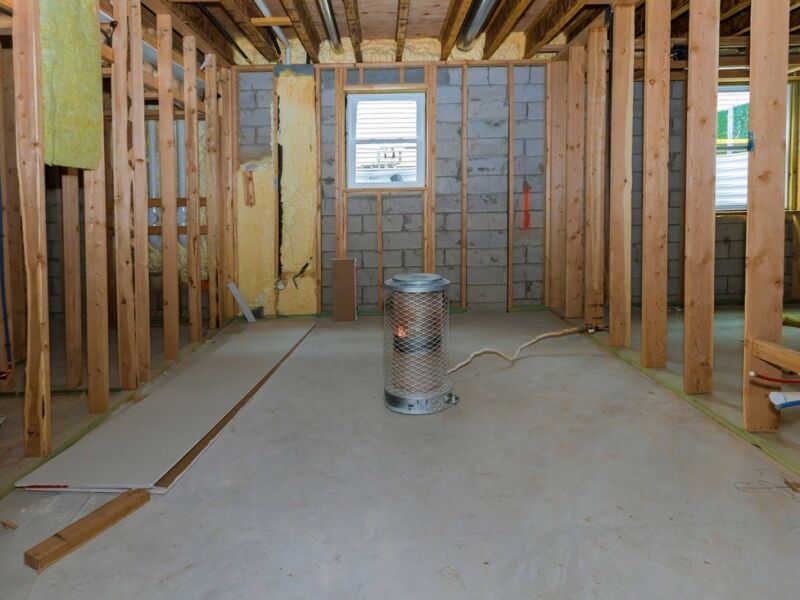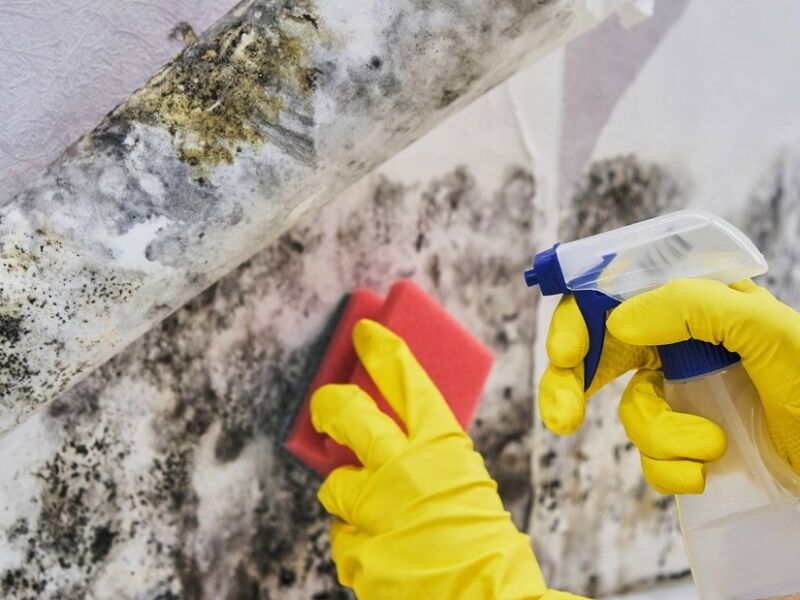
The Hidden Culprits of Water Damage in Homes
Water damage is a common issue that homeowners face, but it’s not always caused by burst pipes or large-scale flooding. In fact, there are several surprising culprits behind water damage in homes that often go unnoticed. Understanding these hidden causes can help you take preventive measures and protect your property. JGW Group Water Damage Restoration offers reliable water damage restoration services to help homeowners deal with the aftermath of such incidents.
1. Plumbing Leaks
Internal plumbing leaks are one of the leading causes of water damage in homes. Leaking pipes, faucets, and toilets can slowly release water over time, causing significant damage to walls, floors, and other structural elements. It’s important to regularly inspect your plumbing system and fix any leaks promptly to prevent water damage.
2. Appliance Malfunctions
Appliance malfunctions can also be responsible for water damage in homes. Washing machines, dishwashers, refrigerators, and water heaters can develop leaks or break down, leading to water spills and subsequent damage. Regular maintenance and inspection of your appliances can help identify potential issues and prevent water damage.

3. Roofing Issues
Aging or damaged roofing materials can allow water to seep into your home, leading to water damage. Missing shingles, damaged flashing, or clogged gutters can contribute to water infiltration during heavy rain or snow. Regular roof inspections and repairs can help keep your home protected from water damage caused by roof issues.
4. Poorly Sealed Windows and Doors
If your windows and doors are poorly sealed, rainwater can easily penetrate your home and cause damage. This is especially common in older homes or those with subpar construction. Ensuring that your windows and doors are properly sealed and weatherstripped can help keep water out and prevent water damage.
5. Faulty Sump Pumps
Sump pumps are designed to prevent basement flooding by pumping out excess groundwater. However, if your sump pump malfunctions or fails, it can lead to basement flooding and severe water damage. Regular maintenance and testing of your sump pump can help prevent such incidents.
6. Natural Disasters
Natural disasters such as hurricanes, storms, and heavy rainfall can result in widespread water damage to homes. While these events may be unavoidable, taking preventive measures such as installing flood barriers and ensuring proper drainage systems can help minimize the extent of damage.
Preventing Water Damage
Preventing water damage starts with awareness and proactive measures. Here are some tips to help you protect your home:

1. Inspect and Maintain
Regularly inspect your plumbing system, appliances, and roof for any signs of leaks or damage. Address any issues promptly to prevent water damage.
2. Install Water Detection Devices
Consider installing water detection devices in areas prone to water damage, such as basements or utility rooms. These devices can alert you early on to potential leaks or flooding.
3. Seal Windows and Doors
Ensure that your windows and doors are properly sealed and weatherstripped to prevent rainwater from entering your home.
4. Maintain Proper Drainage
Clean out gutters regularly and ensure that downspouts are directed away from your home’s foundation. This will help prevent water from seeping into the basement or crawl space.
5. Monitor Water Usage
Be mindful of your water usage patterns. Sudden spikes in water bills or changes in water pressure could indicate a leak or plumbing issue that needs attention.
Signs of Water Damage
It’s important to be able to identify the signs of water damage in your home so that you can take immediate action. Look out for these common signs:
1. Water Stains
Water stains on walls, ceilings, or floors are often a clear indication of water damage. These stains may appear as discoloration, warping, or peeling paint or wallpaper.
2. Musty Odors
A strong musty smell in your home could indicate the presence of mold or mildew, which often thrive in damp environments caused by water damage.
3. Mold Growth
Visible mold or mildew growth, especially in areas with high humidity or moisture, is a sign of water damage. Mold can pose serious health risks and should be addressed immediately.
4. Peeling or Bubbling Paint
Excess moisture can cause paint to peel or bubble, especially in areas near plumbing fixtures or in rooms with high humidity like bathrooms.
5. Warped or Buckling Floors
Water damage can cause wooden floors to warp or laminate flooring to buckle. If you notice any abnormalities in your flooring, it may be a sign of water damage.
Contact JGW Group Water Damage Restoration
If you’re facing water damage in your home, it’s essential to act quickly to minimize the extent of damage and prevent further issues such as mold growth. JGW Group Water Damage Restoration offers 24/7 emergency water restoration services. Our expert team is equipped to handle water extraction, structural drying, and mold remediation. Contact us here for immediate assistance.
FAQs on Water Damage in Homes
What are the common causes of water damage in homes?
How can water damage in homes be prevented?
Disclaimer: As an Amazon Associate, we earn from qualifying purchases.



